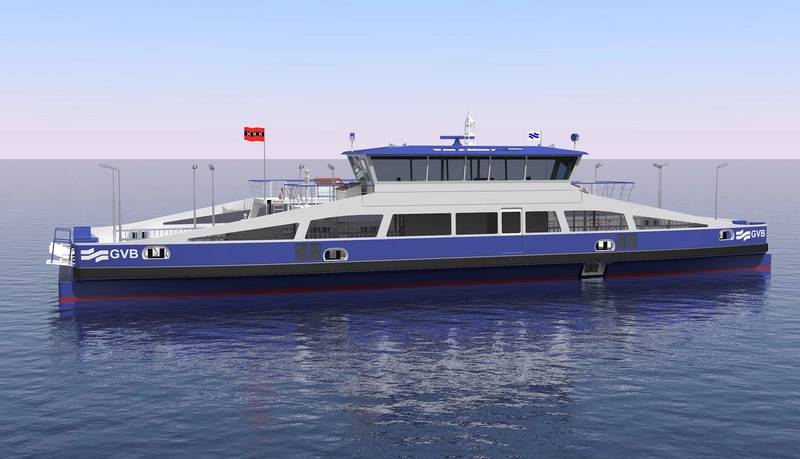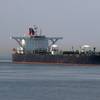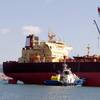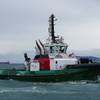C-Job Naval Architects said it has delivered the concept design of a series of five sustainable car and passenger ferries to the City of Amsterdam. The vessels will operate 100 percent on electricity, thus providing an emission-free urban transport solution.
The fully electric ferries are designed to recharge their batteries during the unloading and loading of passengers and vehicles. In order to maintain efficiency of service and a quick turnaround, this charging process will take place during a timeframe of a maximum of four minutes. This short charging period will be enough for the vessels to operate a 24/7 service with no overnight charging required.
The new 41-meter long Ro-Ro ferries will replace existing vessels that currently operate on three different routes west of Amsterdam, along the North Sea Canal. These ferry services, operated by transport operator GVB, are used extensively by pedestrians, cyclists, cars and trucks.
“We have designed these ferries to have a flexible passenger and vehicle capacity,” states Pim Schulp, Project Manager at C-Job. “They have a total loading capacity of 245 [metric tons] and can carry up to 20 cars, four trucks or 400 passengers. What makes this ferry special is the movable dividing railings between foot passengers and vehicles, allowing the crew to adjust the space allocated depending on the requirements at that moment.”
The ferries will also be able to transport oversize loads – so-called convoi exceptionnel – of up to 100 metric tons with an axle weight of 12 metric tons.
“We wanted to design a ferry with ease of maintenance and economical operations in mind. To this end, we specified an aluminium superstructure, bulwark and railings instead of steel. This is not only lighter, but also requires less maintenance,” Schulp said.
In addition to their ‘plug-in’ electric capabilities, the new ferries will also be able to recharge their own batteries using an on-board diesel generator. This will be used during non-standard operations to guarantee safe and continual operation, as Schulp explained: “It is important that these ferries will always be able to sail, no matter the weather. So, for example, in wind conditions stronger than Beaufort force 8 or 9, the generator can be called on to charge the batteries. Another example would be when the ferry needs to sail to a nearby shipyard for service or maintenance.”
The issue of sustainable ferry transport in the Netherlands is particularly relevant considering the stricter EU emissions regulations concerning inland shipping that will come into effect in the next two years as well as the fact that the Dutch inland ferry sector comprises more than 300 ferry services. “There are many options open to these operators,” Schulp added. “Whether they choose exhaust gas treatment systems such as scrubbers, hybrid systems, alternative fuels or the fully electric option, C-Job is in a very strong position, with the necessary experience and expertise, to offer made-to-measure solutions – in this instance to help the City of Amsterdam achieve its ambitions of zero emission ferry transport from 2025 onwards.”















